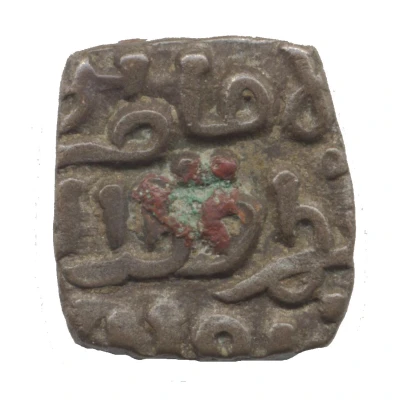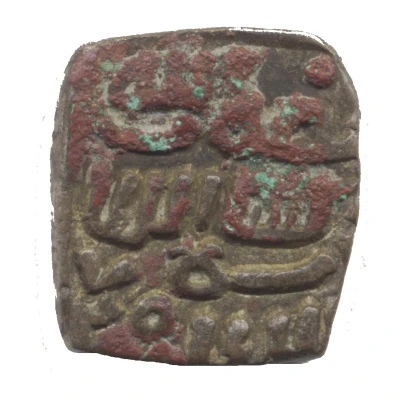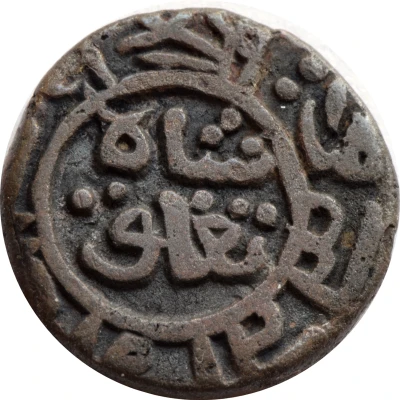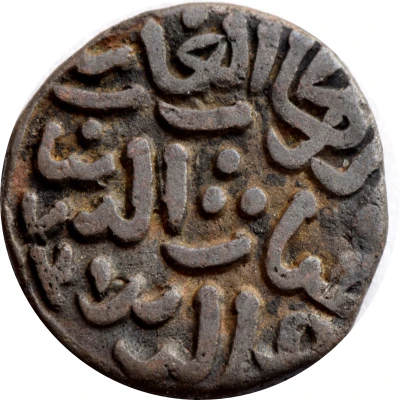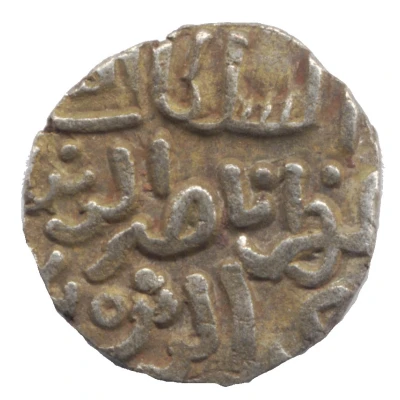
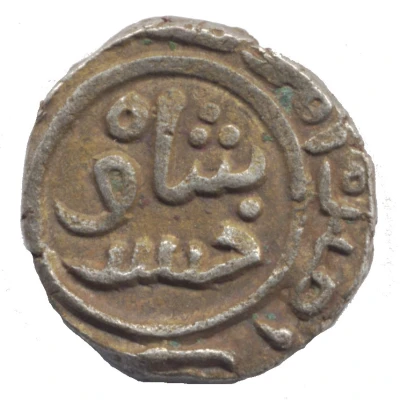

© Noël
1 Jital - Nasir ud Din Khusrau Ah
720 (1320) year| Billon | 3.52 g | 16.5 mm |
| Issuer | Sultanate of Delhi (Indian Sultanates) |
|---|---|
| Sultan | Khusrau Khan (1320) |
| Type | Standard circulation coin |
| Year | 720 (1320) |
| Calendar | Islamic (Hijri) |
| Value | 1 Jital (1⁄48) |
| Currency | Tanka (1206-1526) |
| Composition | Billon |
| Weight | 3.52 g |
| Diameter | 16.5 mm |
| Thickness | 2.5 mm |
| Shape | Round (irregular) |
| Demonetized | Yes |
| Updated | 2024-10-05 |
| Numista | N#69825 |
|---|---|
| Rarity index | 87% |
Edge
Rough
Comment
Hasan, later Khusrau Khan, and his uterine brother Husamuddin (or Hisamuddin) were born into a Hindu Kshatriya community called the Baradu, according to Amir Khusrau's Tughluq Nama.Interesting fact
One interesting fact about the 1 Jital coin from the Sultanate of Delhi is that it was made of Billon, which is an alloy of silver and copper. This was a common practice in ancient India, where coins were often made from a combination of metals to increase their durability and longevity. The use of Billon in coinage can be traced back to the 13th century, and it continued to be used until the 16th century. This coin, in particular, was issued during the reign of Nasir ud Din Khusrau Ah720 720 (1320), who was the last ruler of the Khilji dynasty and is known for his military campaigns and administrative reforms.
